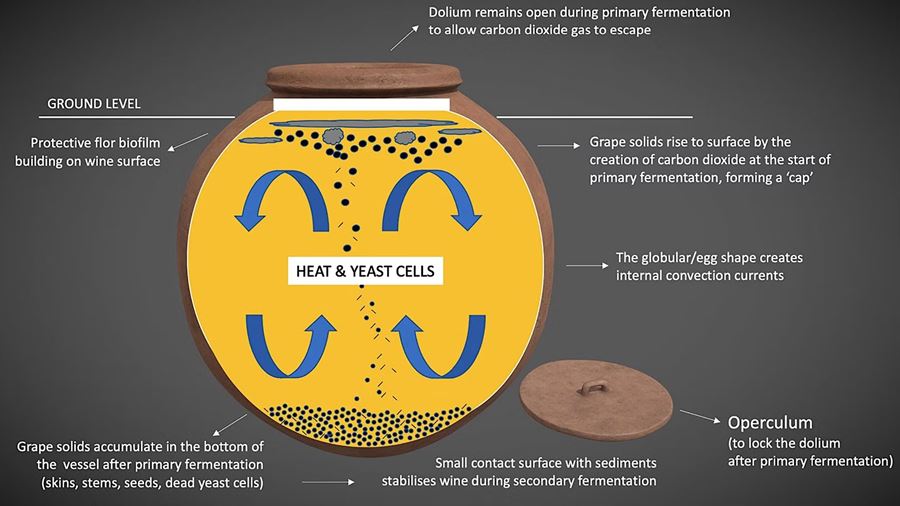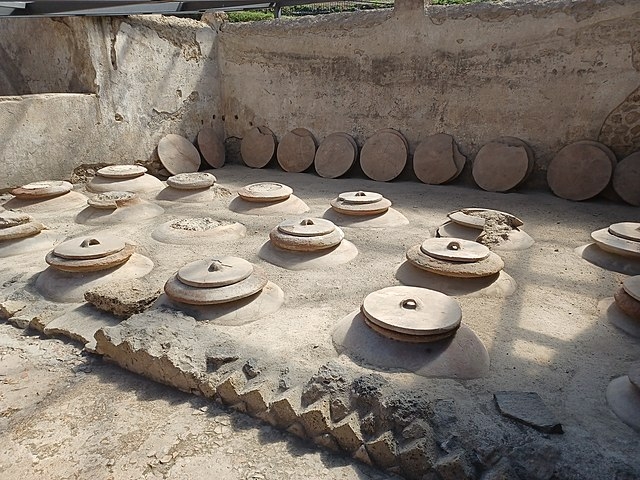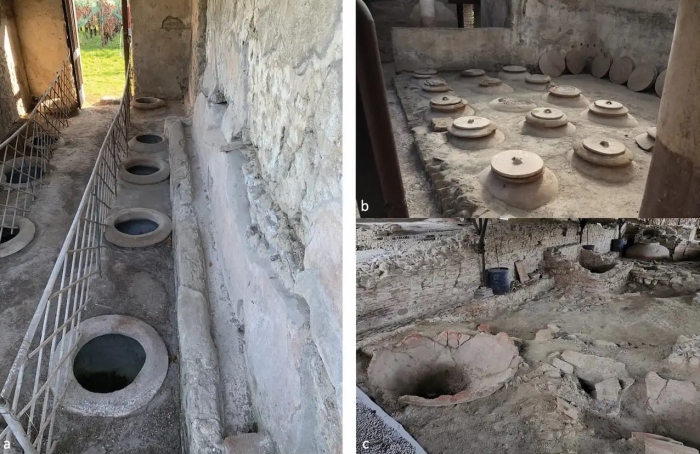Uncovering the secrets of Roman wine
How ancient roman practices shape our wine culture today
2024-03-07

Imagine stepping back in time, traversing the bustling streets of Ancient Rome, a cup of wine in hand—not just any wine, but a concoction steeped in history, echoing the flavors, colors, and aromas that once delighted the palates of Romans. Thanks to groundbreaking research, we're closer than ever to understanding and perhaps even tasting the essence of ancient Roman wines. This recent study not only illuminates the sophistication of Roman winemaking but also draws fascinating parallels (and reveals stark contrasts) with our contemporary wine culture.
Ancient Rome's love affair with wine is well-documented, yet for years, the sensory experience of sipping such historic brews remained a tantalizing mystery. Enter the groundbreaking work led by Dr. Dimitri Van Limbergen and his team, whose findings, published in the journal Antiquity, have painted a vivid picture of ancient viticulture's complexity and its unexpected similarities to modern winemaking.
Roman winemaking, as it turns out, was not a rudimentary affair but a sophisticated science. The study reveals that Roman vintners were not just grape-growers but astute craftsmen, employing techniques such as controlled maceration, oxidation management, and punchdowns—methods still in use today. These processes allowed them to produce wines of varied colors, tastes, and aromas, challenging the simplistic view of ancient wine as a monolithic beverage.

According to Van Limbergen, the closest modern counterparts to Roman wines are perhaps pétillant naturels, orange wines, and Georgia's red Saperavis, where fermentation and aging in qvevri (earthenware clay vessels akin to Roman dolia) are still practiced. This method, both simple and ingenious, hints at a winemaking tradition that transcends millennia, connecting us to our ancient forebearers through the universal language of wine.
What's particularly striking is the Romans' disregard for our contemporary wine color classifications. Instead of the binary white and red, Roman wines spanned a spectrum from white to yellow, amber, brown, and then to deeper hues of red and black, suggesting a rich diversity in taste and appearance.
The meticulous analysis of dolia found in Roman villas' archaeological sites—complete with dolia defossa cellars designed for optimal wine storage and aging—uncovers a world where wine production was both an art and a science. Techniques like lees stirring, skin contact, and extended aging were commonplace, revealing an acute understanding of how to manipulate variables such as temperature and oxidation to enhance wine's flavor profile. Remarkably, some dolia were treated with pitch to regulate oxygen exposure, a precursor to modern reductive winemaking practices.
Moreover, the use of surface yeasts for flavoring, akin to those used in Sherry production, underscores the Romans' expertise in harnessing natural processes to create distinct and desirable wine flavors.

The extensive network of dolia defossa cellars underscores the economic significance of wine in the Roman world, reflecting both widespread prosperity and a culture where winemaking was integral to daily life, much like in contemporary Georgia. This historical parallel not only highlights the enduring nature of winemaking traditions but also suggests a deep-rooted connection to the land and its fruits that transcends time and geography.
As we uncover more about the chemical makeup of Roman wine through ongoing research, such as the ArchaeoAdWine project, we're not just decoding ancient recipes; we're bridging worlds, connecting the past and present through the timeless craft of winemaking. This journey into antiquity not only enriches our understanding of Roman culture but also invites us to appreciate the deep historical roots of our own culinary practices.
In essence, the study of ancient Roman winemaking is more than an academic pursuit; it's a reminder of the enduring human passion for wine—a beverage that has captivated hearts and minds across centuries, serving as a vessel for history, culture, and shared experience.
Founded in 2007, Vinetur® is a registered trademark of VGSC S.L. with a long history in the wine industry.
VGSC, S.L. with VAT number B70255591 is a spanish company legally registered in the Commercial Register of the city of Santiago de Compostela, with registration number: Bulletin 181, Reference 356049 in Volume 13, Page 107, Section 6, Sheet 45028, Entry 2.
Email: [email protected]
Headquarters and offices located in Vilagarcia de Arousa, Spain.